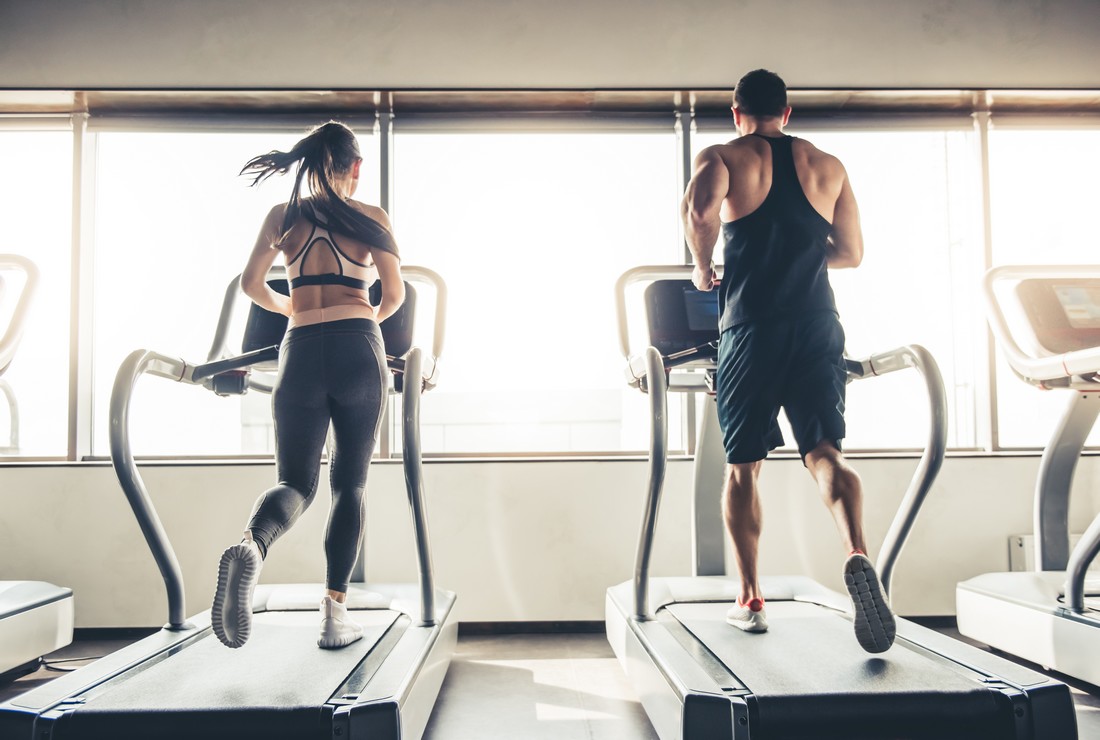Whether active or passive, recovery always has the same goal: to improve the body’s ability to adapt after an effort. The best-known passive methods are of course sleep, diet as well as massages, sauna or alternating hot and cold showers. As far as active recovery is concerned, it is better-known as “cooling down” in every jargon. In most cases, active recovery is clearly the most effective method of recovery, because it optimizes and shortens it. Following an intense effort, the idea is to make a second but continuous effort, but this time at low intensity (for example, running at 7km/h for a football player). This method, combined with the use of the GMOVE-SUIT, is particularly efficient.
Here are the main principles:
Steps influence our bloodstream
The deep venous system, which represents 90% of the venous system of the lower limb, lies between the two planes of the sural triceps (gastrocnemius and the soleus.). This is the essential muscle for walking and jumping: it contracts during the support phase and then relaxes as the weight of the body is transferred to the other foot.
The muscle contraction propels the blood into the vascular system while the release allows the filling of the ventricular outflow tract, thus playing a pumping role. That’s why the blood flows well when walking, and why legs sometimes feel heavy and feet cold when sitting for a long time.
How does blood circulation work during active recovery?
Active recovery, through low-intensity exercise, is based on the principle of increased blood flow initiated by the calf’s muscle pump mechanism. Its principle is therefore to alternate contraction and relaxation in order to increase the blood flow and eliminate the accumulation of metabolites (lactates). This accumulation of lactates can cause cramps, stiffness or muscular pains.
In fact, the increase of blood flow generated by active recovery exercises is accompanied by an improvement of the arterial flow, which facilitates the oxygenation and the supply of nutrients to the muscles.
The The GMOVE-SUIT’s contribution to active recovery
The intermittent pneumatic pressure of the GMOVE-SUIT allows the alternating compression/decompression to be reproduced during rest. It imitates the muscle pump, which promotes the support of the venous wall, to improve the valves’ efficiency and therefore the ventricular outflow tract. The 2G mode, also called Active mode, was in fact conceived with this aim in mind. It is also possible to use the 0G mode (Restore) to actively recover while walking. This dual pump effect can be obtained using the GMOVE-SUIT while doing some active recovery exercises, via steps and compression, making active recovery even more effective.

